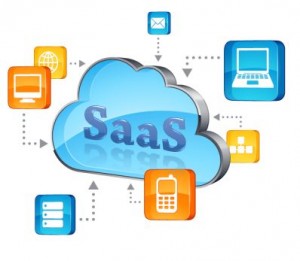 Moving your legacy application to SaaS is not easy as you think; you have to take various aspects into consideration. And, with the proliferation of cloud solutions, making choices has become more difficult. Making wrong choices would leave an adverse affect on performance and reputation and makes you take a downturn in the competitive marketplace. So, the following are a few things you should consider when evaluating your cloud solutions:
Moving your legacy application to SaaS is not easy as you think; you have to take various aspects into consideration. And, with the proliferation of cloud solutions, making choices has become more difficult. Making wrong choices would leave an adverse affect on performance and reputation and makes you take a downturn in the competitive marketplace. So, the following are a few things you should consider when evaluating your cloud solutions:
Public and private cloud services
Firstly, you have to consider what level of Infrastructure-as-a-Service (IaaS) is required for you. For applications that don’t demand stringent security measures, public cloud services might work. And, for those that store sensitive data, secure private cloud services might work well. Flexibility is an important aspect one should keep in mind. SaaS vendors should be able to host their offerings on whichever IaaS type best suits their business requirements. SaaS vendors who require stringent monitoring and managing operations should consider managed cloud services.
Management abilities
Cloud service providers should rely on a platform to monitor its operations and optimize the performance, which gives SaaS vendors greater visibility into the availability, security and system delivery costs. Management should be able to report issues and provide real-time status updates to make sure the service providers are complying with the SLA obligations.
Web-native applications
Cloud solutions are available via the internet. Therefore, it is important to have the product as web-native so that operating those applications from cloud becomes easy. Non-web native applications should follow some mechanisms to be delivered from the cloud. However, these solutions come with a lot of operational overhead and are not feasible due to security concerns. Also, re-engineering these requires great effort and cost. Therefore, it is critical to move to web-native applications.
Security concerns
When it comes to SaaS, security is the biggest fear among decision-makers. The cloud service provider should follow the security standards and should automatically update the anti-virus and other security applications. The solution providers should have encryption methodology, single sign-on, authentication, alarm and reporting systems. The service provider should administer security systems and policies to govern how they operate. The ideal way to determine whether your service provider posses the right security systems, tools, policies and procedures in place is through testing and documenting by a series of industry-recognized certifications. This would start with SAS 70, which confirms that the cloud service providers have appropriate policies and procedures to provide reliable security continuously.
Disaster and Back-up recovery
Every solution provider will experience a disruption that can adversely affect the SaaS vendors, irrespective of the security measures they have in place. Therefore, the solution provider should have good disaster recovery, back-up, and recovery systems in place. In addition, skilled and experienced professionals are required to execute the disaster recovery, back-up and recovery systems.
Tech support
Despite having good technical architecture and service delivery methodologies, having qualified staff is one of the great assets that service providers should have. Architecture and service delivery systems are becoming commoditized and cloud service provider is the key differentiator that sets them apart from their peers.
SaaS ecosystems
Service providers share innovations and best practices to intensify development processes, service delivery capabilities and position in the market. The best partner ecosystem is to build around rather than operating models and proprietary architectures.
